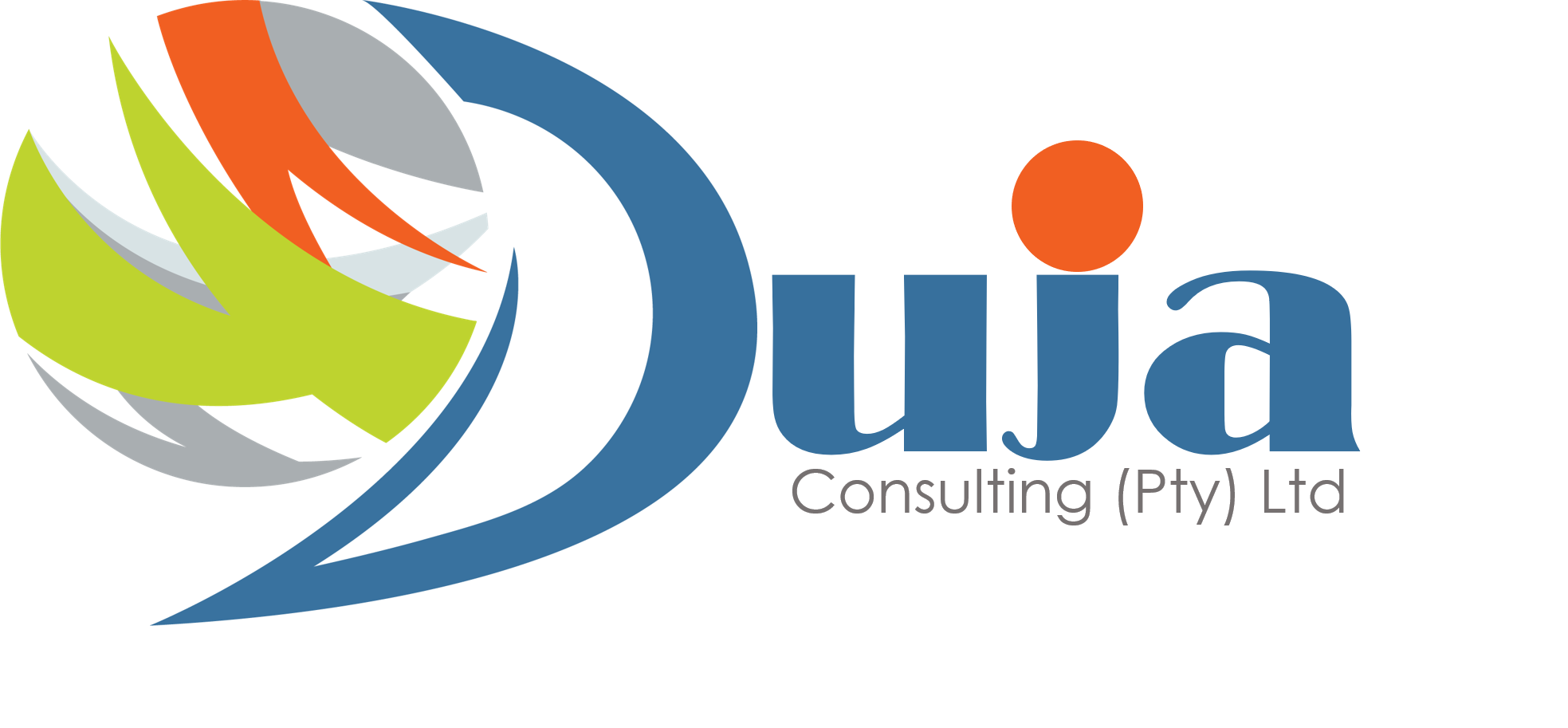Understanding and Balancing Both Approaches
Introduction
In the realm of corporate governance and public sector management, probity audits are essential tools to ensure transparency, accountability, and integrity. Probity audits can be classified into two main types: proactive and reactive. Both play critical roles in maintaining ethical standards and preventing misconduct. This article explores the differences between proactive and reactive probity audits, their advantages, and the importance of integrating both approaches for comprehensive oversight.
1. Definition and Purpose
Proactive Probity Audits are conducted to anticipate and mitigate risks before any issues arise. These audits are forward-looking and aim to identify potential areas of concern in processes, contracts, and systems to prevent ethical breaches and ensure compliance with regulations.
Reactive Probity Audits, on the other hand, are conducted after an issue has been identified or suspected. These audits focus on investigating specific misconduct, fraud, or non-compliance incidents to understand the root causes and rectify the problems.
2. Timing and Scope
Proactive audits are performed regularly and systematically as part of ongoing risk management strategies. They cover a wide range of operations, from procurement processes to financial transactions, ensuring that all activities adhere to ethical standards and legal requirements.
Reactive audits are initiated in response to specific events or suspicions. Their scope is narrower, focusing on transactions or activities where irregularities have been reported or detected.
3. Advantages of Proactive Audits
Prevention of Issues:
Proactive audits can identify vulnerabilities early, prevent misconduct and fraud before they occur, and save organisations from potential financial and reputational damage.
Enhanced Governance:
Regular audits promote a culture of transparency and accountability, strengthening overall governance and trust among stakeholders.
Improved Efficiency:
Proactive audits can streamline processes and improve operational efficiency by identifying and rectifying inefficiencies.
4. Advantages of Reactive Audits
Targeted Investigations:
Reactive audits provide detailed insights into specific incidents, helping organisations understand the nature and extent of problems.
Immediate Action:
These audits enable swift action to address and rectify issues, minimising the impact on the organisation.
Legal Compliance:
Reactive audits ensure compliance with regulatory requirements by investigating and documenting incidents, which can be crucial during legal proceedings.
5. Case Studies and Examples
Global consulting firms, including RSM and RAiN Chartered Accountants, emphasise the importance of proactive and reactive probity audits. For instance, RSM provides independent probity advice to ensure fair and defensible processes. At the same time, RAiN Chartered Accountants focus on proactive advice and reactive investigations to maintain the integrity of procurement processes.
6. Integration of Both Approaches
Comprehensive Risk Management: Integrating proactive and reactive audits offers a holistic risk management approach that covers prevention and response.
Continuous Improvement:
Proactive audits provide ongoing feedback for improvement, while reactive audits offer lessons learned from specific incidents, contributing to continuous improvement in governance practices.
7. Challenges and Considerations
Resource Allocation:
Balancing resources between proactive and reactive audits can be challenging. Organisations must ensure adequate investment in both areas to maintain effective oversight.
Cultural Shifts:
Promoting a culture that values both proactive risk management and responsive investigation is essential for the success of a comprehensive probity audit strategy.
8. Best Practices
Regular Training:
Continuous staff training on ethical practices and compliance is crucial for the effectiveness of proactive audits.
Robust Reporting Mechanisms:
Establishing clear and efficient reporting mechanisms for suspected misconduct is essential for timely and effective reactive audits.
9. Technological Integration
Advanced Analytics:
Leveraging data analytics and technology can enhance the effectiveness of both proactive and reactive audits by identifying patterns and anomalies that may indicate potential issues.
Automated Monitoring:
Implementing automated monitoring systems can support proactive audits by providing real-time data and alerts on compliance and ethical standards.
Conclusion
Both proactive and reactive probity audits are indispensable in ensuring ethical governance and compliance. While proactive audits help prevent issues and enhance efficiency, reactive audits are crucial for addressing specific incidents and maintaining legal compliance. Organisations should strive to integrate both approaches to create a robust framework for managing risks and upholding the highest standards of integrity and accountability.
By adopting a balanced approach that includes proactive and reactive audits, organisations can safeguard their operations, reputation, and stakeholder trust.
